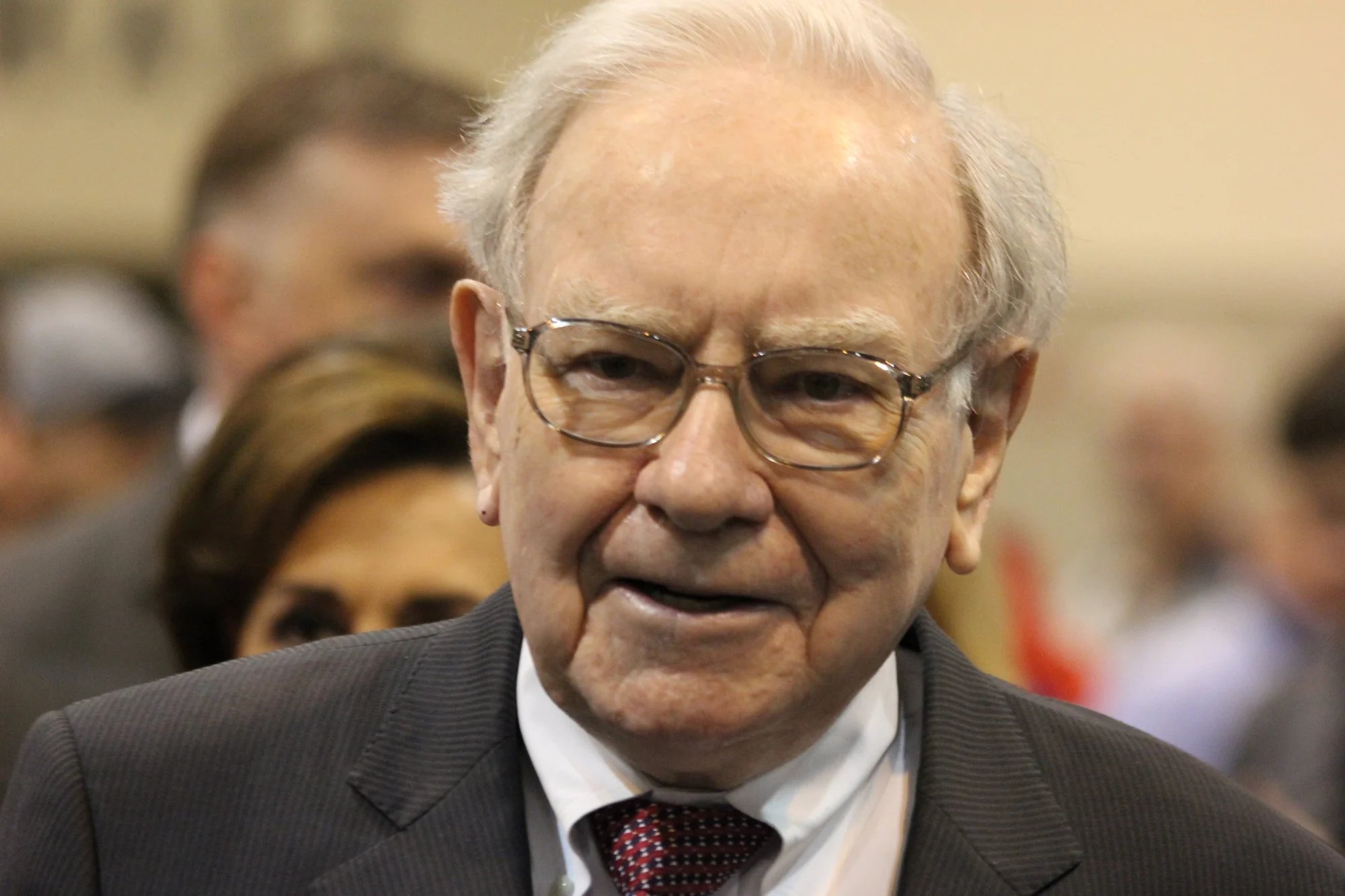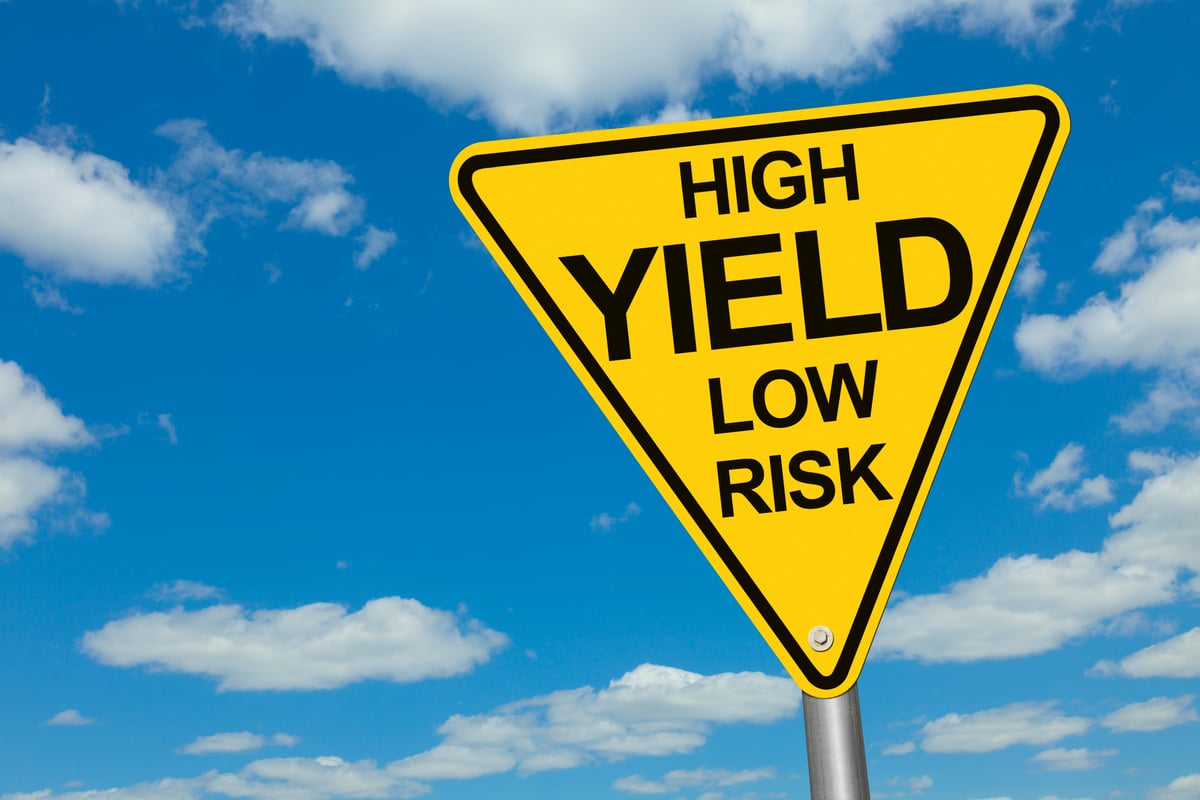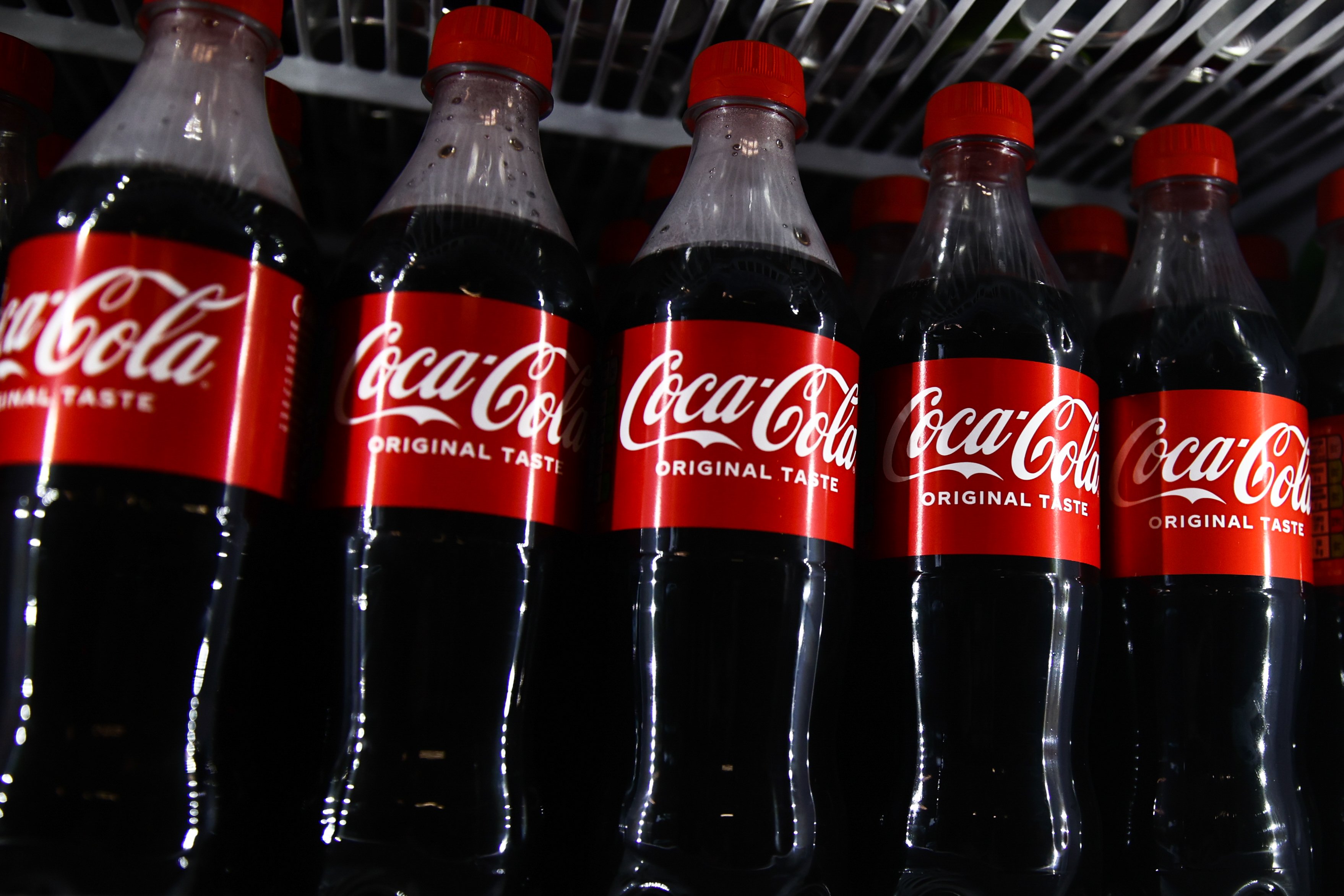Soda companies deliver billions of drink servings to consumers around the world each day. And since industry dynamics favor businesses with massive distribution networks and formidable brands, investors are used to seeing steady, growing dividends from the top stocks in the field. After all, these businesses tend to book healthy profits through boom times and recessions alike.
Dividend fans have a good selection of payouts they can buy in soda. Whether it's the pure-play giant Coca-Cola (KO 0.15%); its more diverse rival, PepsiCo (PEP 0.69%); or the targeted runner-up Dr Pepper Snapple Group (DPS +0.00%), there's something for any stripe of income investor to like in this industry.
Top dividend stocks in soda
|
Company |
Market Capitalization |
Dividend Yield |
Payout Ratio |
|---|---|---|---|
|
Coca-Cola |
$182 billion |
3.5% |
94% |
|
Dr Pepper Snapple Group |
$18 billion |
2.4% |
47% |
|
PepsiCo |
$160 billion |
2.7% |
68% |
Data source: Yahoo! Finance. Check out more about the terms payout ratio, dividend yield, and market capitalization.
The global beverage titan
Coca-Cola has one of the widest competitive moats in the stock market. It owns four of the top five sparkling beverage brands: Coke, Diet Coke, Fanta, and Sprite. That advantage, plus a world-class distribution system, helps the company deliver an incredible 1.9 billion beverage servings, or 3% of all consumption, to customers around the world every day.

Image source: Getty Images.
Yet a fundamental consumer shift away from traditional soda, especially diet brands, has pinched the business lately as sales volume growth chugs along at near zero. Sales in 2016 fell for the fourth straight year and the beverage titan generated just $7 billion of earnings, down from $9 billion in 2012.
Its dividend growth has held up well through the downturn, though. Coca-Cola in February boosted its payout by 6%, following an 8% raise in the prior year. To buy the stock today, an income investor has to hope that the company will get back in sync with customer tastes while at the same time growing profitable enough through its refranchising strategy to fund many more years of dividend hikes.
Diversity and stability
PepsiCo also boasts a few of the worlds' biggest soda brands, including Mountain Dew, Pepsi, and Diet Pepsi. It isn't nearly as directly exposed to swings in the industry as Coca-Cole, though, since it has a snack food business that accounts for a significant chunk of revenue. Still, sales are on multiyear downtrends.
KO Revenue (TTM) data by YCharts.
Profits have held up better, and are essentially flat over the last four years. As a result, PepsiCo's dividend has a lower payout ratio than Coke, which bodes better for sustainability.
Looking ahead, the company plans to increase sales by at least 3% in 2017 as earnings rise by a healthy 8%. It typically returns nearly 100% of free cash flow to its shareholders. Pepsi's 2.7% yield trails Coca-Cola's 3.5%, but its lower payout ratio and less volatile earnings point to faster dividend growth ahead.
Small but mighty
Its tiny profile means that Dr Pepper Snapple must rely on both Coke and Pepsi to help distribute many of its brands. And, like those rivals, the company hasn't seen robust growth lately. Sales volume rose by just 1% in 2016.

Image source: Dr Pepper Snapple.
Dr Pepper's smaller size confers a few key advantages though, since broad strategic shifts can occur quickly and have a more dramatic impact on operating results. Its recent $1.7 billion acquisition of Bai Brands, for example, is expected to power a doubling of its sales growth pace in 2017, up to 2%.
Its dividend is relatively small, but has the potential for faster gains over the next few years. Management raised the payout by 9% this year, compared to Coke's 6% boost and PepsiCo's 7% increase. Meanwhile, its $386 million of dividend payments amounted to less than half of its earnings last year, and that gap gives Dr Pepper plenty of flexibility to announce additional industry-leading payout increases in the years ahead.








